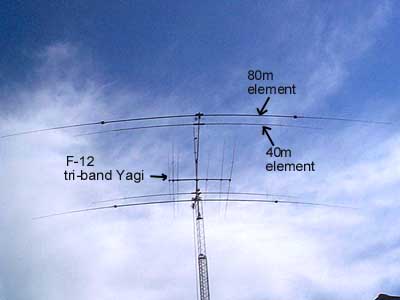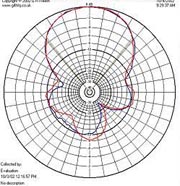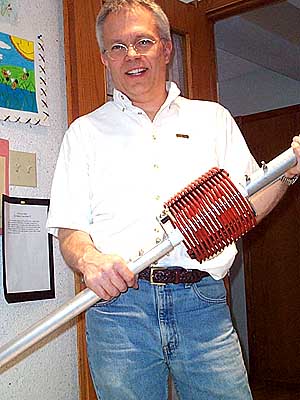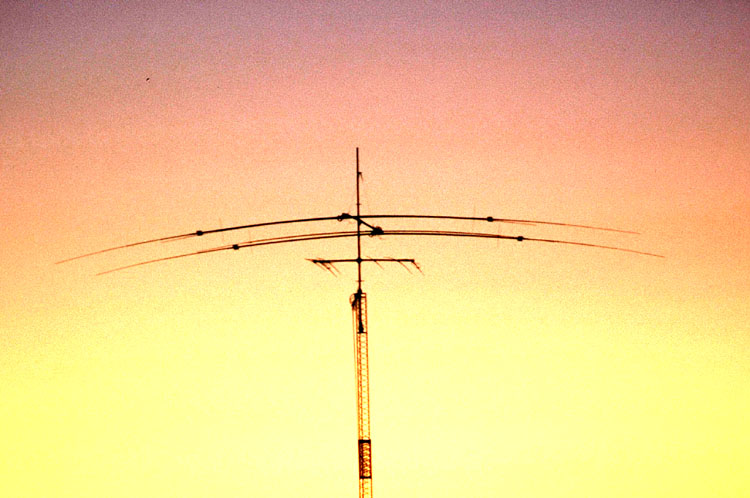 |
80m & 40m DUAL BAND HOMEBREW 2 EL SHORT BOOM YAGI RECENT UP-DATE: IN THE SUMMER OF 2018 THE 2 EL 80-40 YAGI FEED SYSTEM WAS RE-DESIGNED TO ALLOW FOR INSTANT 180 DEGREE DIRECTION SWITCHING. THE 4NEC2 MODELING, ELECTRICAL DESIGN OF THE SWITCHING SYSTEM AND LUMPED LC MATCHING NETWORK IS EXPLAINED IN A PAPER FOUND HERE: 80M YAGI ALSO EXPLAINED IS A DIFFERENT METHOD FOR TUNING ANY 2 EL YAGI FOR MAXIMUM PERFORMANCE WHICH IS EASIER AND MORE RELIABLE THAN THE METHOD DESCRIBED HERE ON THIS WEBSITE. THIS YAGI IS STILL IN SERVICE AFTER 17 YEARS OF USE. THIS WEBPAGE REMAINS RELEVANT REGARDING MECHANICAL AND COIL DESIGN. PLEASE VISIT MY QRZ.COM PAGE AND YOUTUBE CHANNEL FOR MORE UP-TO-DATE INFORMATION ABOUT THE VE6WZ STATION Follow the links at the left to see various pages of design and construction details. (Click to see a full size photo of the Yagi) Click here to see a view looking from the end of the Yagi at 100' The VE6WZ QTH is a small city lot, so achieving gain on 80m has been difficult. A vertical 4 sq. wire array was considered but would have been a compromise design because of the crank-up tower and limited space. The surrounding ground clutter and variable terrain would have made vertical performance questionable. Good DX results have been experienced using the Force-12, EF-180B, 80m rotatable dipole at 100' so it was decided to design a 2 el 80m yagi around similar elements. (F-12 markets such yagis). The VE6WZ yagi design uses high Q "mostly air core" loading coils instead of the linear loading on the 68' elements. Because of dimensional constraints at the VE6WZ city QTH, a 28' short boom reflector design was built with the 2 el 40m yagi sharing the same boom. (Here is a very shaky video taken with an iPhone showing the TX antenna install at VE6WZ. There have been a number of questions regarding the crank-up tower and 160m shunt feed, so this video tries to answer them: YouTube video ) |


